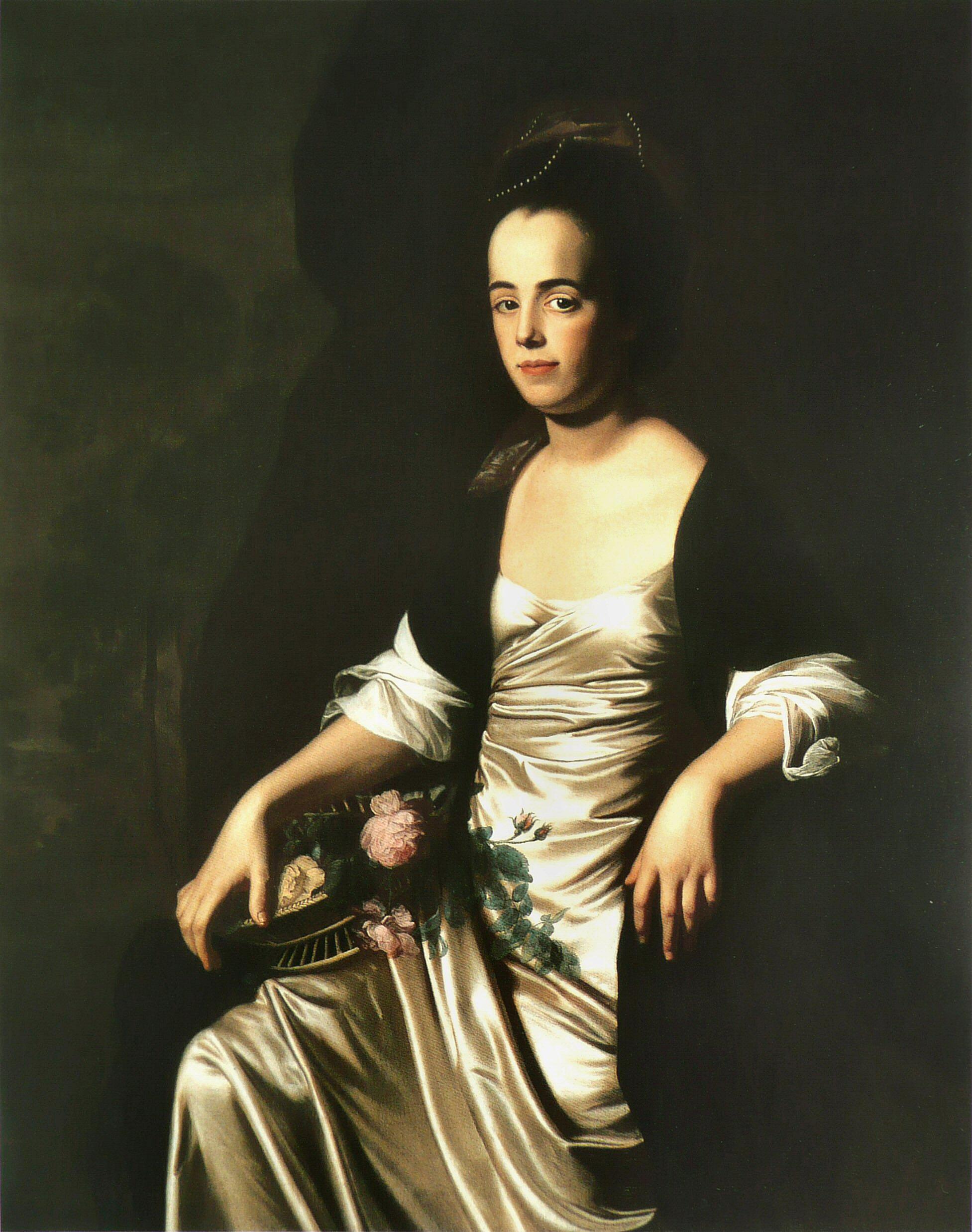Created by Mark Littke on Tue, 03/19/2024 - 03:27
Description:
In this portrait from 1772, a young eighteen-year-old Judith Sargent Murray is shown with a rather stoic or contemplative expression in this detailed painting. From this work, we see the beginning of the lifelong journey in which Murray pioneers for the start of a revolutionary set of women's rights in American society. Namely, Judith Murray is, in the American context, a pioneer for women's intellectual freedom and an advocate for the ability of women to be as intellectually competent as men. In this portrait and through her works, particularly On the Equality of the Sexes, one notices a call to motion the death of an intellectual society favored toward the patriarchy and the rebirth of the intellectual core of the society into a community of educated men and women. Judith Murray speaks to the heavily Christian, young nation and notices that the population that men and women are both human and can take part in their Creator's kingdom after death. From here, she criticizes the destiny of women in this goal due to intellectual suppression, for she writes in On the Equality of the Sexes, "Who is to spend an eternity in contemplating the works of Deity, should at present be so degraded, as to be allowed no other ideas, than those which are suggested by the mechanism of a pudding, or the sewing the seams of a garment?" (Murray). Furthermore, Murray attempts to maim the position of a supposed intellectual prowess men of her time falsely assume to possess as she points out the flawed characteristics of male, biblical role models, "David, dignified with the title of the man after Godís own heart, and yet how stained was his life. Solomon was celebrated for wisdom, but folly is wrote in legible characters upon his almost every action" (Murray). Judith Sargent Murray's main priority was to ultimately, like with Abigail Adams, argue that every young generation of men who are able to become voters are mostly educated by their mothers, and Murray concludes that a woman must be educated to improve the intellegence and virtuousness of the nation (Michals). One now sees further evidence of Murray's confidence in the death of a male-only intellectual society to shape a new, improved, and rebord intellectual society of the future. Murray was also not a hypocrite of her convictions and criticisms in her marital life, for her second union was based on love and and an egalitarian relationship where her husband encouraged her to further explore her literary ambitions and establish Universalism in their society (Harris). Murray's life and work are one of the first examples of the death of an abusive, flawed patriarchy giving way to the respect and powerful collaboration of both genders in the relatively young nation of the United States.
Works Cited
https://en.wikipedia.org/wiki/Judith_Sargent_Murray#/media/File:John_Sin...
Michals, Debra. “Biography: Judith Sargent Murray.” National Women’s History Museum, www.womenshistory.org/education-resources/biographies/judith-sargent-mur...
Murray, Judith Sargent. On the Equality of the Sexes, nationalhumanitiescenter.org/pds/livingrev/equality/text5/sargent.pdf.
Copyright:
Associated Place(s)
Part of Group:
Featured in Exhibit:
Artist:
- John Singleton Copley


